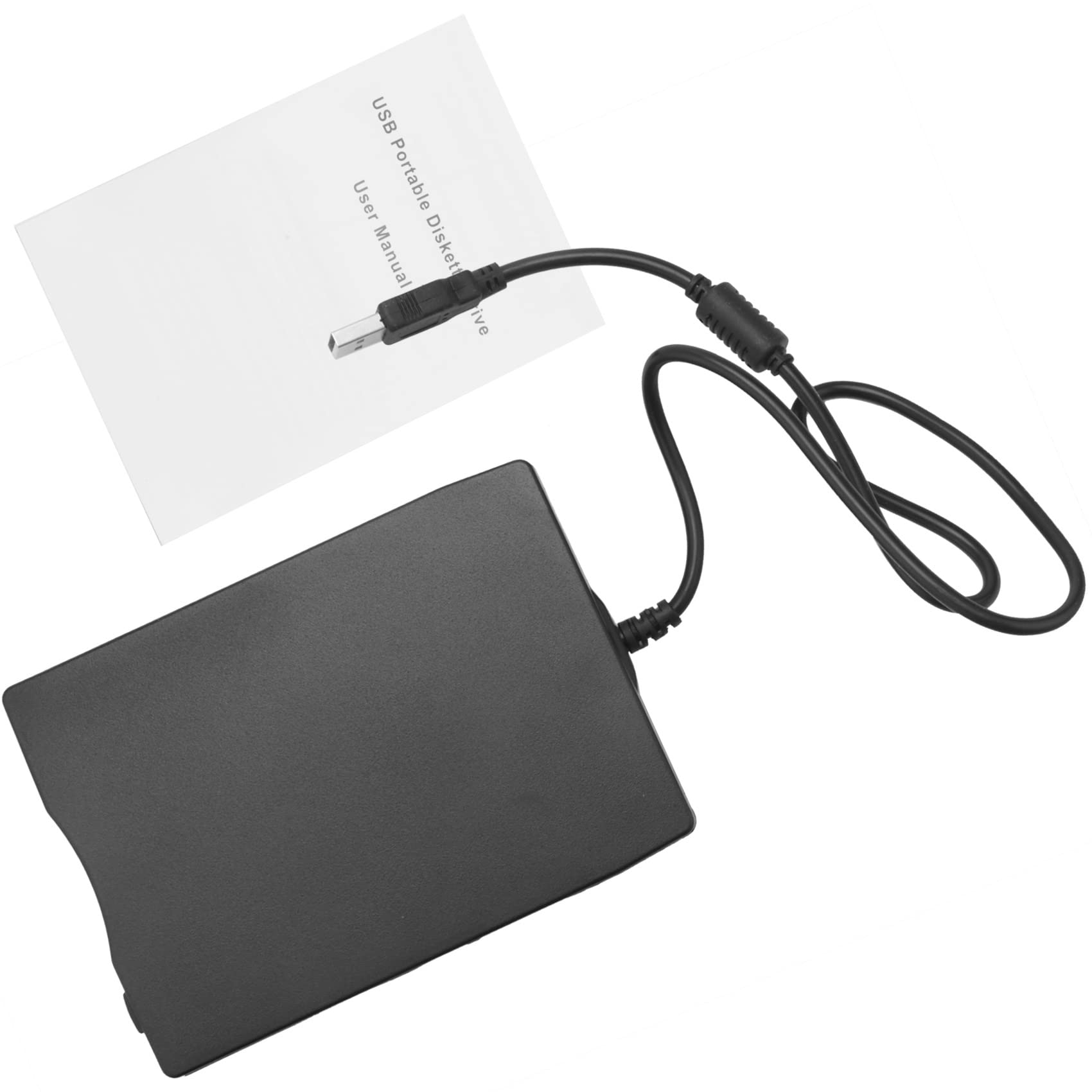In this tutorial, I will discuss how to fix a USB drive error checking stuck and repair the issues that may arise.
Understanding Error Checking
Understanding Error Checking: Error checking is a crucial process that helps identify and fix issues with your USB drive. When error checking gets stuck, it can be frustrating. To resolve this, follow these steps:
First, open Command Prompt by searching for it in the Start menu. Next, type “chkdsk /f X: ” (replace X with your drive letter) and hit Enter. This will initiate a scan and repair process on your USB drive.
Once completed, your USB drive should be error-free and ready to use again.
Initiating Error Checking
To initiate error checking on your USB drive that seems to be stuck, follow these steps:
1. Open Command Prompt by typing “cmd” in the Start menu search bar and selecting “Run as administrator.”
2. Type “chkdsk /f X:” in the Command Prompt window, replacing “X” with the drive letter of your USB drive.
3. Press Enter to start the error checking process.
4. Wait for the scan to complete and follow any on-screen instructions to repair any errors found.
Troubleshooting Stuck Error Checks

- Cancel the Error Checking Process:
- Press Ctrl + C to cancel the error checking process.
- Wait for the process to be cancelled before proceeding.
- Restart Your Computer:
- Save any open files and close all programs.
- Restart your computer to refresh the system.
- Run Error Checking in Safe Mode:
- Restart your computer and press F8 before the Windows logo appears.
- Select “Safe Mode” and press Enter.
- Run error checking in Safe Mode to avoid any conflicts.
- Use Command Prompt to Run Error Checking:
- Open Command Prompt by pressing Win + R and typing “cmd”.
- Type chkdsk /f /r and press Enter to run error checking.
- Follow the on-screen instructions to repair any errors found.
Employing CHKDSK for Repairs
To fix a USB drive error with CHKDSK, follow these steps:
Step 1: Plug the USB drive into your computer.
Step 2: Open Command Prompt by searching for it in the Start menu.
Step 3: Type “chkdsk [drive letter]: /f” and press Enter (replace [drive letter] with the actual letter assigned to your USB drive).
Step 4: Wait for CHKDSK to scan and repair any errors on the USB drive.
Step 5: Once CHKDSK completes the repair process, safely eject the USB drive and plug it back in to check if the error is resolved.
Following these steps should help resolve any issues with your USB drive using CHKDSK.
Updating or Reinstalling Drivers
To update or reinstall drivers for your USB drive, first open the Device Manager on your computer. Look for the USB drive under the “Disk drives” section. Right-click on it and select “Update driver” or “Uninstall device” if you’re facing issues.
Follow the on-screen instructions to complete the process. If you choose to uninstall the device, restart your computer and let it reinstall the drivers automatically.
If you prefer to update the drivers, you can search online for the latest version or use a driver update tool. Make sure to restart your computer after updating the drivers to apply the changes.
This simple step can help resolve USB drive error checking issues and ensure smooth operation of your external storage device.
Formatting for Restoration
To format a USB drive for restoration, first, connect the drive to your computer. Next, open File Explorer and locate the USB drive. Right-click on the drive and select Format from the dropdown menu. Choose the desired file system and allocation unit size.
Check the box for Quick Format if needed. Click Start to begin the formatting process. Once completed, your USB drive will be ready for restoration.
Data Recovery Strategies
| Strategy | Description |
|---|---|
| Check Disk Utility | Use the built-in Windows tool to scan and fix errors on the USB drive. |
| Data Recovery Software | Utilize specialized software to recover lost or corrupted data from the USB drive. |
| Professional Data Recovery Services | Seek help from data recovery experts if the issue cannot be resolved with DIY solutions. |
| Clone the Drive | Create a copy of the USB drive to prevent further data loss during recovery attempts. |
Employing Windows Troubleshooter
To fix USB drive error checking stuck, you can employ the Windows Troubleshooter. Simply follow these steps:
Step 1: Plug in the USB drive to your computer.
Step 2: Open File Explorer and right-click on the USB drive.
Step 3: Select “Properties” and go to the “Tools” tab.
Step 4: Click on “Check” under Error checking to start the process.
Step 5: Follow the on-screen instructions to complete the error checking.
By using the Windows Troubleshooter, you can easily fix the USB drive error checking stuck issue and repair your drive efficiently.
Identifying and Repairing Bad Sectors
To identify and repair bad sectors on your USB drive, you can use the built-in Windows Error Checking tool. Connect your USB drive to your computer and open File Explorer. Right-click on the USB drive and select Properties. Go to the Tools tab and click on Check.
Check the box next to “Scan and repair drive” and click Start. This will scan your USB drive for bad sectors and attempt to repair them. Once the process is complete, safely eject your USB drive and reinsert it to see if the bad sectors have been fixed.
Utilizing Clean Boot for Issues
To fix a USB drive error checking stuck issue, you can try utilizing a Clean Boot. First, press the Windows key + R to open the Run dialog box. Then, type “msconfig” and hit Enter. In the System Configuration window, go to the Services tab and check “Hide all Microsoft services. ” Next, click on “Disable all” and then go to the Startup tab and click “Open Task Manager. ” Disable all startup programs.
Close Task Manager and click OK in the System Configuration window. Finally, restart your computer and check if the USB drive error checking issue is resolved.
Physical and Logical Error Inspection
To fix USB drive error checking stuck issues, it’s crucial to inspect both physical and logical errors. Start by checking the physical integrity of the USB drive by examining for any visible damage or signs of wear. Next, assess the logical errors by running a disk check utility to scan and repair any file system issues.
Use CHKDSK command in Command Prompt to check for logical errors: Open Command Prompt and type “chkdsk /f X:” (X being the drive letter of the USB drive) to initiate the scan and repair process.
After completing the scan, safely remove the USB drive and reinsert it to check if the error has been resolved.
Professional Data Recovery Advice
If your USB drive is stuck on error checking, follow these steps to repair it:
Step 1: Press Windows key + X and select Command Prompt (Admin) to open an elevated Command Prompt window.
Step 2: Type chkdsk /f X: (replace X with the drive letter of your USB drive) and press Enter to initiate the disk checking process.
Step 3: Wait for the process to complete, then safely remove the USB drive and reinsert it to check if the error has been fixed.
If the issue persists, consider using professional data recovery software like EaseUS Partition Master to recover any lost data before formatting the drive.
F.A.Qs
How do I check my USB drive for errors?
To check your USB drive for errors, you can access the drive’s properties in File Explorer on Windows. Then, go to the “Tools” tab and click on the “Check” button under the “Error-checking” section to start the scan for errors.
How do I fix USB driver error?
To fix a USB driver error, you can try restarting your computer, using a different USB port, testing on a different computer and device, updating Windows, updating drivers, changing root hub settings, and disabling fast startup.
How do I check external drive for error?
To check an external drive for errors, you can simply locate the drive in File Explorer, right-click on it, select Properties, then go to Tools and choose the option to Check or Scan and repair the drive.
How to use CHKDSK to repair USB drive?
To use CHKDSK to repair a USB drive, you need to connect the drive to your system and open the Command Prompt. From there, type in either “chkdsk /X /f USB drive letter:” or “chkdsk USB drive letter: /f” and hit Enter. After the process is complete, a message will indicate that Windows has made corrections to the file system.
